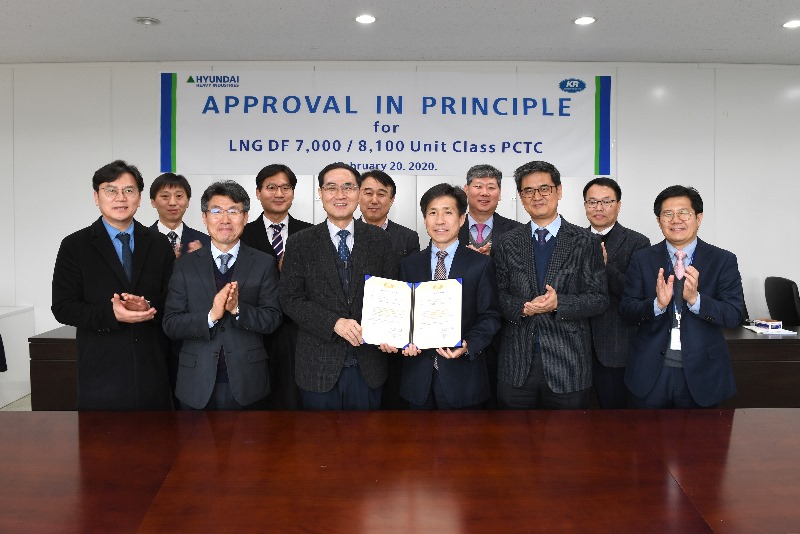 KR Webzine Vol.146
KR Webzine Vol.146
- Dec. 2021
- Nov. 2021
- Oct. 2021
- Sep. 2021
- Aug. 2021
- Jul. 2021
- Jun. 2021
- May. 2021
- Apr. 2021
- Mar. 2021
- Feb. 2021
- Jan. 2021
- Dec. 2020
- Nov. 2020
- Oct. 2020
- Sep. 2020
- Aug. 2020
- Jul. 2020
- Jun. 2020
- May. 2020
- Apr. 2020
- Mar. 2020
- Feb. 2020
- Jan. 2020
- Dec. 2019
- Nov. 2019
- Oct. 2019
- Sep. 2019
- Aug. 2019
- Jul. 2019
- Jun. 2019
- May. 2019
- Apr. 2019
- Mar. 2019
- Feb. 2019
- Jan. 2019
- Dec. 2018
- Nov. 2018
- Oct. 2018
- Sep. 2018
- Aug. 2018
- Jul. 2018
- Jun. 2018
- May. 2018
- Apr. 2018
- Mar. 2018
- Feb. 2018
- Jan. 2018
- Dec. 2017
- Nov. 2017
- Oct. 2017
- Sep. 2017
- Aug. 2017
- Jul. 2017
- Jun. 2017
- May. 2017
- Apr. 2017
- Mar. 2017
- Feb. 2017
- Jan. 2017
- Dec. 2016
- Nov. 2016
- Oct. 2016
- Sep. 2016
- Aug. 2016
- Jul. 2016
- Jun. 2016
- May. 2016
- Apr. 2016
- Mar. 2016
- Feb. 2016
- Jan. 2016
- Dec. 2015
- Nov. 2015
- Oct. 2015
- Sep. 2015
- Aug. 2015
- Jul. 2015
- Jun. 2015
- May. 2015
- Apr. 2015
- Mar. 2015
- Feb. 2015
- Jan. 2015
- Dec. 2014
- Nov. 2014
- Oct. 2014
- Sep. 2014
- Aug. 2014
- Jul. 2014
- Jun. 2014
- May. 2014
- Apr. 2014
- Mar. 2014
- Feb. 2014
- Jan. 2014
- Dec. 2013
- Nov. 2013
- Oct. 2013
- Sep. 2013
- Aug. 2013
- Jul. 2013
- Jun. 2013
- May. 2013
- Apr. 2013
- Mar. 2013
- Jan. 2013
- Dec. 2012
- Nov. 2012
- Oct. 2012
- Sep. 2012
- Aug. 2012
- Jul. 2012
- Jun. 2012
- May. 2012
- Apr. 2012
- Mar. 2012
- Feb. 2012
- Jan. 2012
- Dec. 2011
- Nov. 2011
- Oct. 2011
- Sep. 2011
- Aug. 2011
- Jul. 2011
- Jun. 2011
- May. 2011
- Apr. 2011
- Mar. 2011
- Feb. 2011
- Jan. 2011
- Dec. 2010
- Nov. 2010
- Oct. 2010
- Sep. 2010
- Aug. 2010
- Jul. 2010
- Jun. 2010
- May. 2010
- Apr. 2010
- Mar. 2010
- Feb. 2010
- Jan. 2010
- Dec. 2009
- Nov. 2009
- Oct. 2009
- Sep. 2009
- Aug. 2009
- Jul. 2009
- Jun. 2009
- May. 2009
- Apr. 2009
- Mar. 2009
- Feb. 2009
- Jan. 2009
- Dec. 2008
- Nov. 2008
- Oct. 2008
- Sep. 2008
- Aug. 2008
- Jul. 2008
- Jun. 2008
- May. 2008
- Apr. 2008
- Mar. 2008
- Feb. 2008
04
April 2020
KR (Hyung Chul LEE, Chairman & CEO, KR) has granted AIP (Approval in Principle) to verify the suitability of an LNG dual fuel propulsion car carrier developed by Hyundai Heavy Industries (HHI). The AIP covers two PCTC (pure car and truck carriers) vessels with a respective capacity of 7,000 CEU and 8,100 CEU (car equivalent units).

Representatives from KR and HHI at the AIP presentation ceremony
Both vessels are equipped with IMO type C tanks which are independent self-supporting LNG fuel tanks. The two vessels will be fitted with dual fuel systems that can use LNG and oil alternately and the ship design uses the optimum deployment of the fuel tanks to facilitate the loading of vehicles for shipping. A comprehensive risk analysis has been completed to safely block and control automobile exhaust gas and LNG fuel gas.
The IMO classifies LNG gas carrier fuel tank into two types: membrane tank and independent self-supporting tank. Independent tanks are further divided into Type A, Type B, and Type C tanks. A Type C tank uses pressure containment system that ensures safety and reliability and no risk of leakage.
Following the IMO’s introduction of the 0.5% global sulphur cap in January this year and its intention to further reduce greenhouse gas emissions by 50 percent by 2050 compared to 2008 levels, shipyards and shipping companies are facing tough compliance decisions and stricter international environmental regulations.
HHI believes that an LNG dual fuel propulsion system offers the most efficient solution to meet these complex environmental regulations. An LNG dual fuel propulsion system can reduce CO2 emissions by 40-50% compared to 2008 levels, for all ship types including small and medium size vessels.
By applying additional energy saving devices such as air lubrication system and maximizing the ship performance, an additional 10-20% reduction can be achieved, thereby meeting the environmental regulations by 2050.
LNG offers an alternative means of compliance with the international regulations and KR has been developing eco-friendly LNG technology for many years. KR will continue to resolve any customers' technical difficulties with LNG, and will invest significantly in research and infrastructure projects, such as the technology to apply LNG-fueled technologies to different types of ships, and LNG bunkering technologies and systems.


